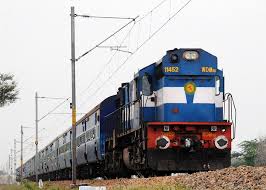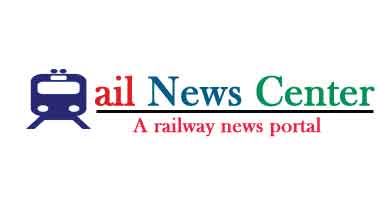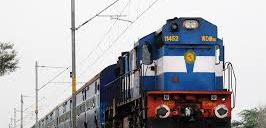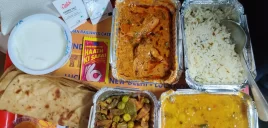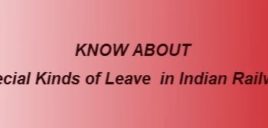Local and suburban trains
Passenger services within a zone sometimes had just two or three digits, not conforming to the pattern above, and sometimes prefixed with codes indicating the station they served (e.g. ‘LK21’ passenger service from Lucknow; ‘DK-1’ for the Delhi-Khurja EMU; ‘AD-3’ for one of the Aligarh-Delhi MEMUs; etc. SR ran EMU services between Tambaram and Egmore numbered S-2, S-7, etc.). These one-, two- or three-digit numbers were not unique across IR, i.e., they may have been repeated in other zones. Occasionally, they were even repeated within a zone, with an ad hoc prefix or other disambiguating indication. Some zones had their own conventions. E.g., from about 2005, SCR indicated DEMU trains with a ‘D’ prefix (e.g., ‘D142’ Nidadavolu-Bhimavaram Passenger), and MEMU trains with an ‘M’ prefix (e.g., ‘M167’ Warangal-Hyderabad Passenger). In addition, SCR railcar services had an ‘RC’ prefix (e.g., ‘RC-6’ Kinvat Adilabad railcar).
Suburban services in Mumbai, Kolkata, Chennai, and other metropolitan areas had their own 1-, 2-, and 3-digit numbering schemes, sometimes with alphabetic prefixes or suffixes.
Also Read – WORLD HAPPINESS IS AT ITS LOWEST IN 10 YEARS ACCORDING TO THIS NEGATIVE INDEX EXPERIENCE
Konkan Railway
Konkan Railway trains often added a “KR” prefix to the long-distance train numbers, which were often shorter than 4 digits, and did not always use the leading “0” digit in the 4-digit versions. For example, the KR3 / KR4 service was also given the numbers 1113/1114 (no leading 0’s). Similarly, KR5 / KR6 was the Diwa-Savantwadi train, and KR7 / KR8 was the Savantwadi-Madgaon train. Variations existed: 0111/0112 Konkan Kanya Exp. was also referred to as the KR1 / KR2, or sometimes KR0111 / KR0112. So in these cases KR trains did not follow the numbering system used by IR trains.
Local trains and DMU services on KR used a system where the termini of a service were indicated by an alphabetic prefix. E.g., Karwar was ‘KA’, Kudal was ‘K’, Ratnagiri was ‘RN’, and Madgaon was ‘M’; so the Karwar-Kudal DMU service was numbered KAK1 / KAK2, the Kudal-Ratnagiri DMU service was KRN1 / KRN2, and the Karwar-Madgaon service KAM1 / KAM2.
Holiday Specials
Usually, holiday specials had 3-digit numbers, where the first digit indicated the zonal railway that operated the train. (Note: This was true only for holiday specials; normal passenger trains that had 3-digit numbers never followed this rule, since the numbers were internal to the zone.) Fast trains among these, and trains that are given priority for various reasons, had a 3-digit number starting with ‘2’.
Source – IFRCA.org
Disclaimer: The Information /News /Video provided in this Platform has been collected from different sources. We Believe that “Knowledge Is Power” and our aim is to create general awareness among people and make them powerful through easily accessible Information. NOTE: We do not take any responsibility of authenticity of Information/News/Videos.
This entry was posted in 2 Railway Employee, Railway General Information, Railway Employee




